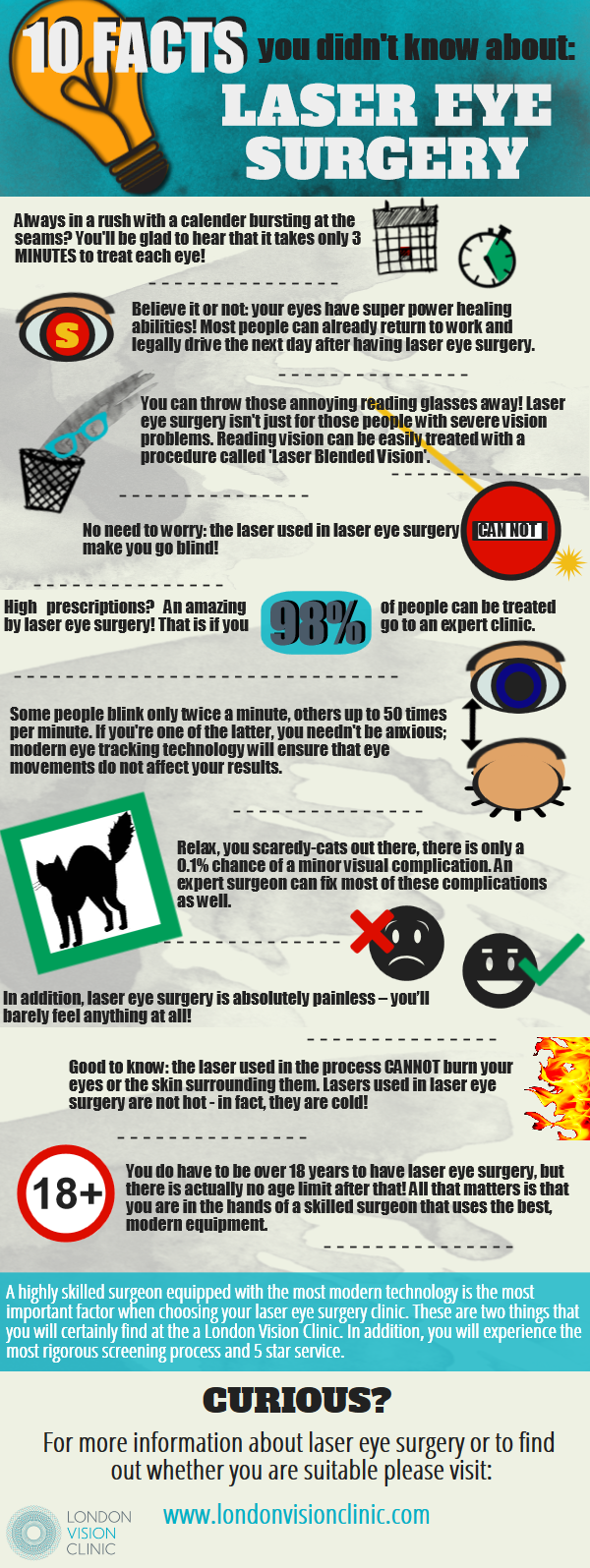The Evolution Of Advanced Cataract Surgical Procedure Techniques: A Comprehensive Review
The Evolution Of Advanced Cataract Surgical Procedure Techniques: A Comprehensive Review
Blog Article
Material Author-Korsgaard Olson
As you explore the development of innovative cataract surgical treatment methods, you'll witness a journey marked by ingenuity and accuracy. From ancient methods that led the way for contemporary innovations to innovative modern technologies that are reinventing the field, the comprehensive summary of cataract surgical treatment strategies is a testimony to human progress and dedication to enhancing person outcomes. The detailed interaction between historic strategies and futuristic developments creates an interesting story that clarifies the development of one of the most common surgeries worldwide.
Historical Techniques and Developments
Explore how early specialists changed cataract treatment by utilizing innovative strategies and devices. In cataract surgery for glaucoma , cataract surgical treatment was a high-risk and uncomfortable procedure. Nevertheless, ancient Indian medical professionals were amongst the initial to attempt surgical treatments for cataracts, making use of a technique called 'formulating' where a sharp tool was made use of to press the cataract back into the eye. This approach, though crude by today's standards, laid the groundwork for future improvements in cataract surgery.
As time advanced, Arab medical professionals made considerable payments by developing specialized needles for cataract removal. These needles were used to penetrate the cataract and then remove it from the eye, noting a substantial enhancement in surgical accuracy.
Later on, in the 18th century, the French surgeon Jacques Daviel pioneered the technique of extracapsular cataract removal, where the whole lens was removed undamaged with a larger cut. This marked a significant improvement in cataract surgical treatment strategies, leading the way for the modern procedures we utilize today.
Modern Surgical Approaches
Early methods in cataract surgery have actually evolved substantially, resulting in the growth of contemporary medical methods that focus on precision and boosted individual end results. Modern cataract surgical procedure now often includes a procedure called phacoemulsification, where an ultrasonic gadget separate the cataract for elimination via a small cut. This strategy permits quicker healing and minimizes the threat of complications contrasted to older methods.
Additionally, the use of innovative intraocular lenses (IOLs) has reinvented cataract surgical procedure results. These lenses can remedy not only the cataract however also various other refractive mistakes like astigmatism, minimizing the requirement for glasses post-surgery.
Surgeons today additionally have accessibility to sophisticated imaging technologies that aid in exact preoperative planning and intraoperative decision-making. cataract surgery at age 48 (OCT) and other imaging methods supply comprehensive photos of the eye's structures, allowing for a much more tailored strategy to each person's surgical treatment. With these advancements, modern cataract surgery strategies continue to enhance, providing clients more secure treatments and far better visual outcomes.
Arising Technologies in Cataract Surgical Procedure
With innovations in technology reinventing the field, cataract surgery is witnessing the combination of ingenious strategies for improved patient outcomes. Emerging modern technologies in cataract surgery are improving the landscape of ocular procedures. One such development is femtosecond laser innovation, which permits accurate corneal cuts, capsulotomies, and lens fragmentation, resulting in enhanced medical precision and outcomes.
Furthermore, intraoperative aberrometry is getting appeal, allowing real-time measurements of refractive errors throughout surgery to improve intraocular lens power calculations and lower postoperative refractive surprises.
Moreover, using sophisticated imaging modern technologies like optical comprehensibility tomography (OCT) and intraoperative wavefront aberrometry help cosmetic surgeons in accurate surgical planning and implementation. These tools supply thorough physiological info and help tailor medical approaches for each person's distinct eye qualities.
Additionally, developments in artificial intelligence are being discovered to assist in preoperative preparation, intraoperative decision-making, and postoperative care, potentially maximizing medical outcomes and person complete satisfaction. Accepting these emerging innovations in cataract surgery holds assurance for more boosting individual results and making certain the continued development of sensory surgical techniques.
Conclusion
As you journey via the history of cataract surgery, you witness the transformation from ancient practices to advanced innovations. Like a phoenix metro increasing from the ashes, cataract surgical procedure has advanced right into a sign of hope and advancement.
Equally as a caterpillar emerges from its cocoon as a stunning butterfly, cataract surgical treatment has actually progressed right into a polished art form, offering individuals more clear vision and a brighter future.
The evolution proceeds, radiating a light on limitless possibilities.
